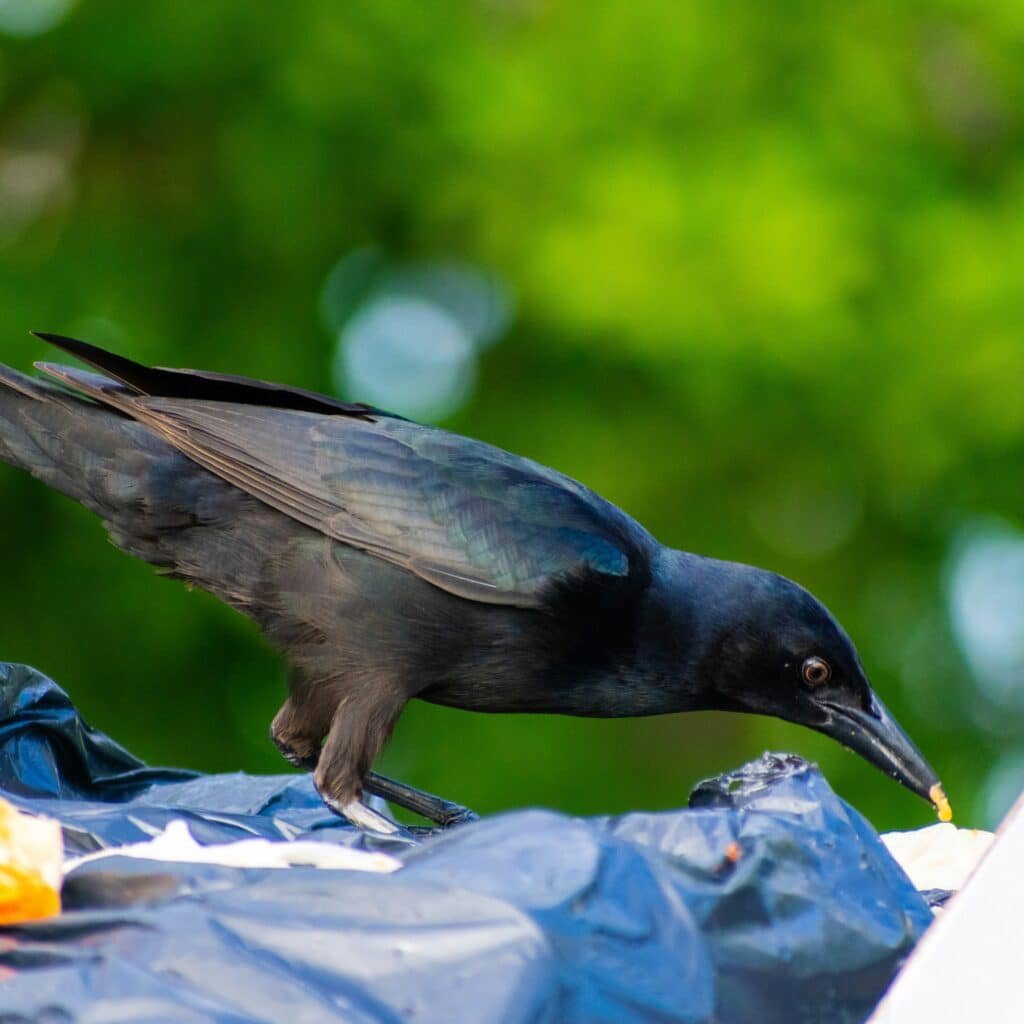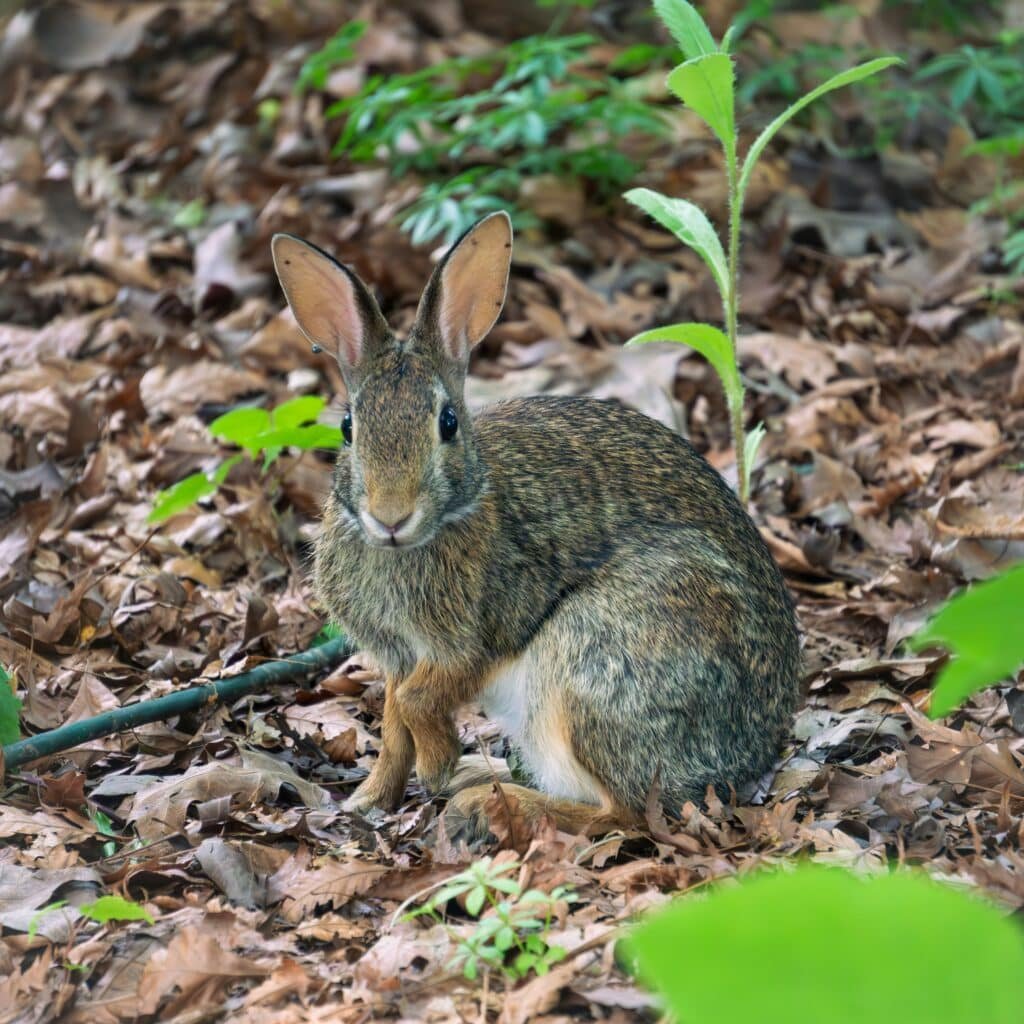#1 Austin Wildlife Removal Company: Here’s Why You Can Trust Prickly Pear, Guaranteed
As the #1 wildlife removal service in Pflugerville and Austin, Prickly Pear Wildlife is proud to offer humane, eco-friendly, and effective wildlife removal services across Central Texas. Our mission is simple: protect your home, your family, and the natural balance of local wildlife. Whether you’re hearing scratching in the attic, spotting droppings in the garage, […]
Groundhogs: Getting to Know Your Garden Guests

Groundhogs, often playfully called woodchucks, are large rodents native to North America. While their exact population is difficult to estimate, they are widespread across the United States, particularly in the eastern and midwestern regions. These creatures are most active during the spring and summer months, emerging from their burrows in search of food. Their diet […]
Gopher It! All About America’s Unloved Undercover Critters

Gopher it! These little earth-moving mammals may be out of sight, but they’re certainly not out of mind – especially for homeowners who find their yards riddled with unsightly mounds of dirt. But before you grab the shovel and declare war, let’s dig a little deeper (pun intended) and learn more about these fascinating subterranean […]
Fox-y Facts: The Sneaky Sneaks of the Forest

Fox are cunning canines with their bushy tails and inquisitive eyes, are found in abundance across the United States. These adaptable creatures inhabit a wide range of habitats, from forests and grasslands to suburban neighborhoods. While they are active throughout the year, foxes tend to be more visible during the cooler months when their prey […]
Busy Beavers For Biodiversity

Busy Beavers, those industrious architects of the animal kingdom, are found throughout much of North America, including the United States. While their population has fluctuated over the centuries due to trapping and habitat loss, they’ve made a strong comeback in many areas. Overview of the Beaver These primarily nocturnal creatures are most active in regions […]
Feathered Foes: Dealing with Birds

Birds, with their vibrant plumage and melodious songs, are often seen as symbols of freedom and beauty. However, when they become too comfortable in our human-dominated environments, they can transform into pesky nuisances. From property damage to health hazards, these feathered friends can quickly become unwelcome guests. Birds: More Than Meets the Eye While it’s […]
Cheeking Out a Chipmunk

The chipmunk, a striped symphony of rust and brown, is a tiny tenant in the grand scheme of North American wildlife. These energetic burrowers hold the title of “cheekiest character” in the critter kingdom, thanks to their signature bulging cheeks used to store an impressive amount of food. A Statistical Snapshot of the Speedy Scamperer […]
Hogs Wild: The Wild Boar Woes

Wild hogs, also known as feral hogs, are a formidable and increasingly problematic species across the United States. Their numbers have exploded in recent decades, with estimates ranging in the millions. These adaptable creatures can thrive in a variety of habitats, from forests to agricultural lands. While they are active throughout the year, their behavior […]
Batty About Bats

Bat’s are a symbol used to drive fear into the hearts of my enemies. “I am vengeance, I am the night, I am the bat… wait sorry, we are not a masked vigilante running around the rooftops of a certain city. But we are here to talk about these mammal masters of flight, the undisputed […]
Cotton-Tails: America’s Adorable Yet Destructive Rabbits

They’re fluffy, they’re funny, and they have a serious case of the zoomies. Rabbits are a common sight in North America, leaving their signature bunny droppings in gardens and occasionally causing havoc with landscaping. But beyond their cuteness, these little herbivores play a vital role in the ecosystem. A Whiskery Overview Cottontail rabbits, aptly named […]
